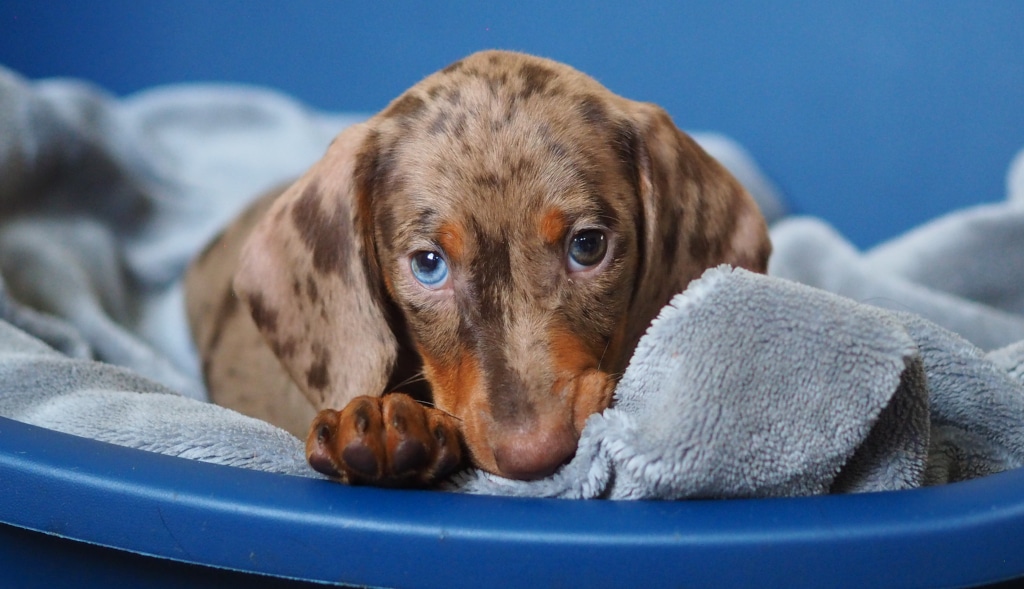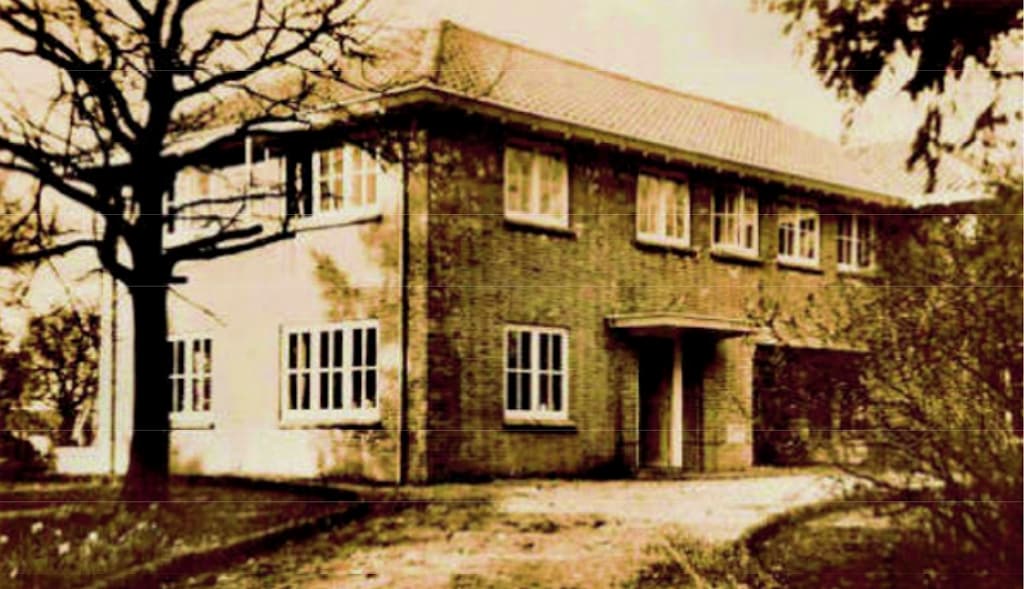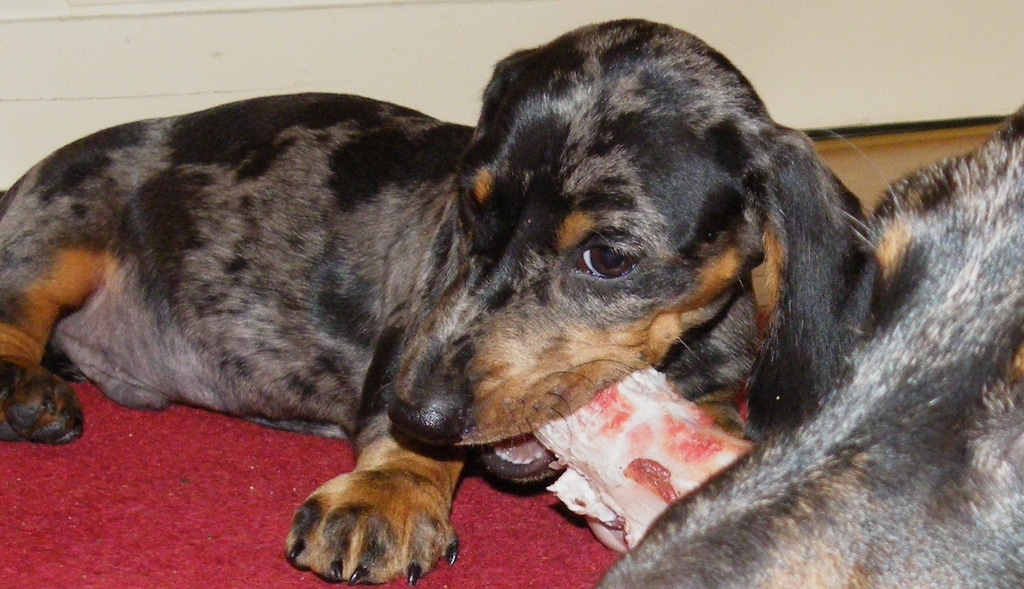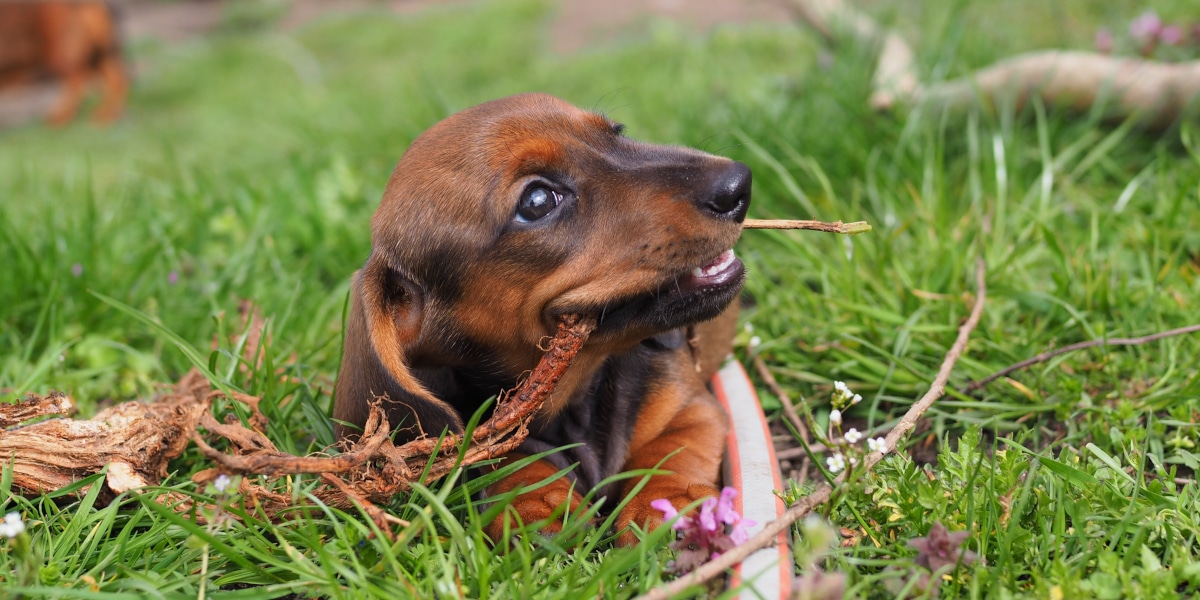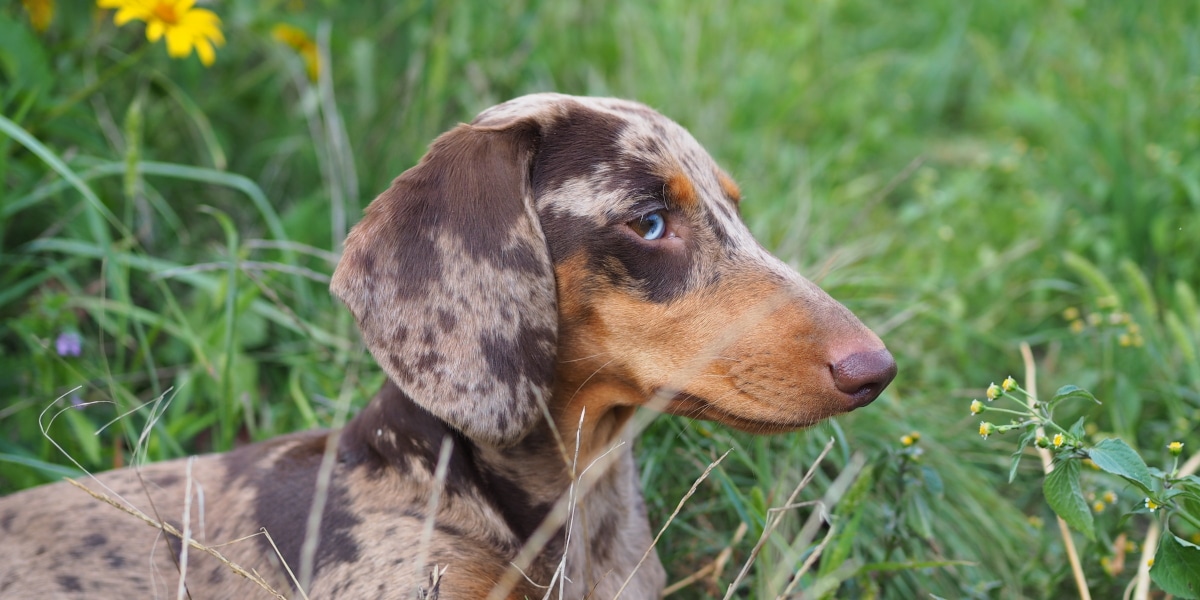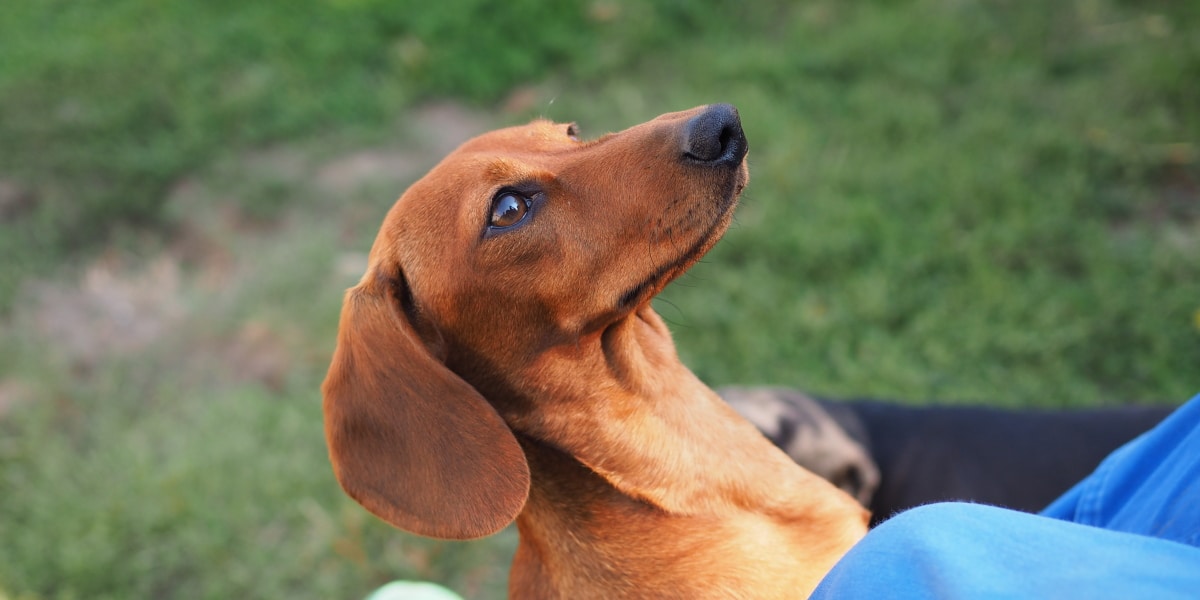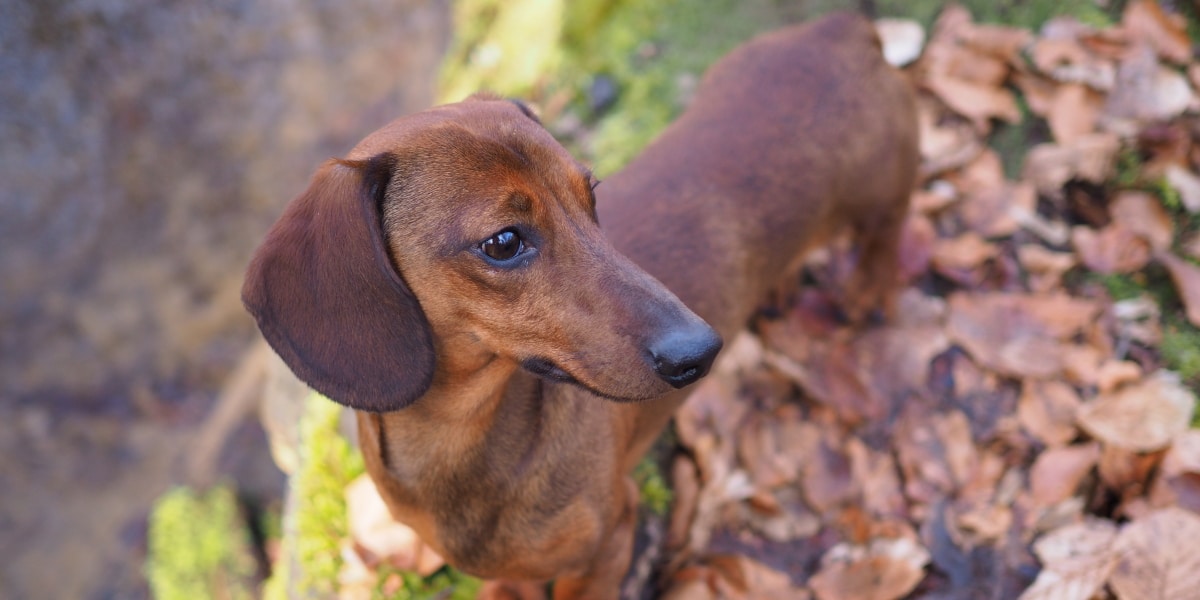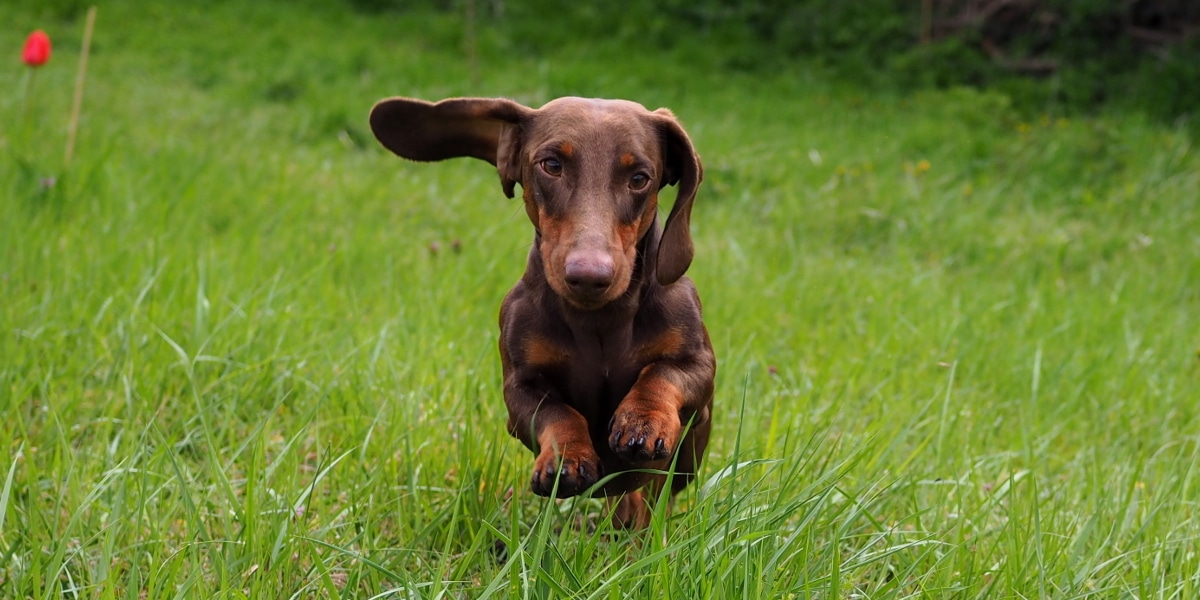The intervertebral discs lie between the bony vertebral bodies and form the spinal column with them. The spinal canal runs through the spinal column and contains the spinal cord and thus the central nerve cord. If an intervertebral disc is damaged, disc material can be pressed into the spinal canal, which then squeezes the spinal cord. In addition to pain, this can cause neurological deficits and – in severe cases – even paralysis.
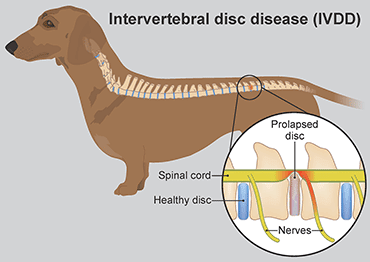
Symptoms of IVDD can develop slowly or very quickly, and include:
- Back pain
- Weak legs
- Difficulty getting up
- Dragging or scuffing feet
- Tripping or falling regularly
- Paralysis
The most important measure is haste. At the first signs of a possible herniated disc, better too early than too late, the dog must be immobilised. It is best to use a closed transport box for this. It must be ensured that the dog does not climb out of its basket, for example. The dog is transported in the box or, if this is not possible or the dog has to get loose, carried. At best, this is done by placing one hand between the front legs and the other between the hind legs. The hands meet under the dog and the dog virtually rests on the palms and forearms. The dog is immediately presented to a veterinarian who decides on the further therapy.
The treatment of a herniated disc in a dog depends mainly on the severity. In the case of a mild herniated disc without manifest paralysis and with normal bladder and bowel function, timely treatment with analgesic/anti-inflammatory medication and strict immobilisation is sufficient in many cases.
If an operation should nevertheless become necessary, it absolutely belongs in the hands of an experienced and appropriately specialized veterinary surgeon.


